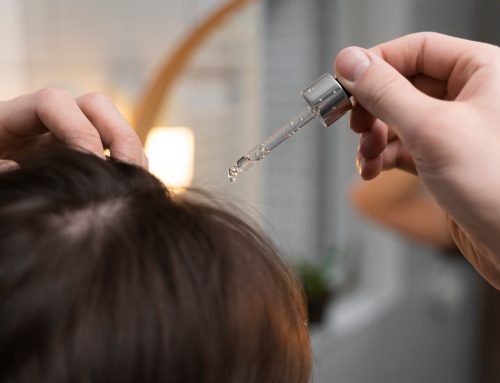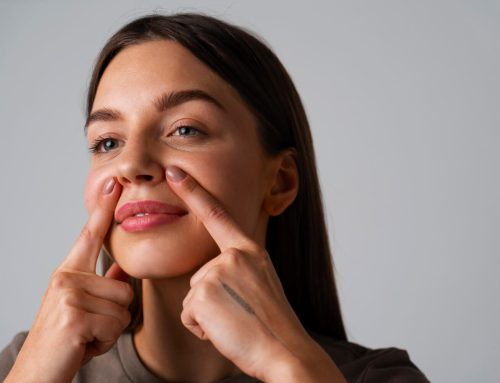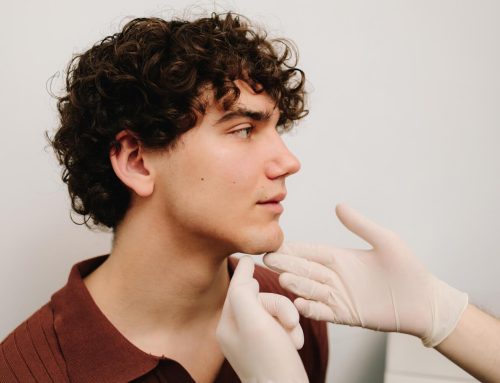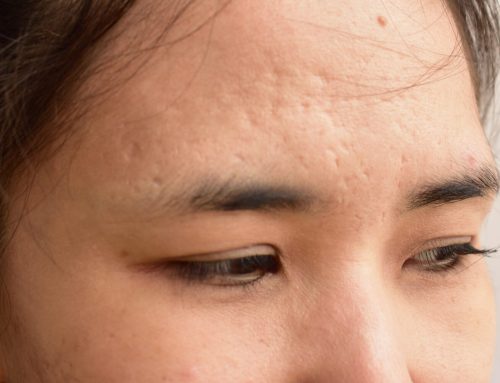After a correct treatment of acne and having stopped its inflammatory-infectious evolution, many of our patients are encouraged to treat scars, which occur between 15% and 20% of acne cases according to several studies. The appearance of scars is determined by several factors:
- Time of resolution of the outbreak
- Degree of inflammation during the outbreak
- Handling of the acne lesions
- Photo-type of the patient
- Sun exposure
Treating an acne breakout early remains the best way to prevent the appearance of these scars, and doing so in a personalized way and combining treatments the most effective alternative. Acne scars are more than a visual reminder of the struggle with acne; they can significantly affect a person’s self-esteem and quality of life.
In addition, the formation of multiple subcutaneous fibroses that we do not see, between the scar and the SMAS (Superficial Musculoaponeurotic System; it is the layer of skin that covers, invests and connects the muscles of the face and neck), make these skins age in a more tortuous way if we do not treat them. These fibroses are the hidden face of acne scars, but it is very important to treat them so that the skin evolves towards a proper texture, volume and above all, elasticity.
In the quest for a smoother surface and a more elastic dermis, aesthetic medicine has evolved by offering a variety of treatments that, when combined, can provide significantly better results than when used separately. This multifaceted approach is crucial because of the diversity of acne scars and their complex characteristics.
After an inflammatory acne lesion there is a collagen repair that in some cases occurs in a disorderly manner: with different layers superimposed, at different levels, creating defects in size and space in some of the new fibers.
Scars can be atrophic (depressions in the skin) or hypertrophic (elevations in the skin). There are three types of atrophic scars:
Boxcar scars
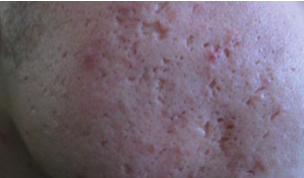
Ice-pick scars

Rolling scars

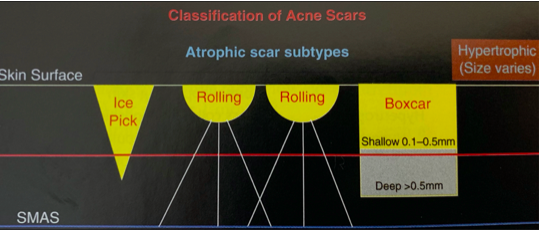
Consulting Room. (c. 2020, junio). TAYLOR LIBERATOR FULL FIELD SUBCISION OF ACNE SCARRING UNDER TUMESCENT ANAESTHESIA. https://www.drhconsult.co.uk/wp-content/uploads/2020/04/CRFeatureVol3Q2-2020-TaylorLiberatorHR-002.pdf
Acne scars may be accompanied by other skin problems, such as redness, hyperpigmentation or uneven texture. Combining treatments allows physicians to address all of these problems simultaneously.
Therefore, the best way to treat acne scars is to combine the following treatments:
- Subcision: Cutting the tension under the skin, a minimally invasive technique. More severe forms of acne result in the formation of nodules and cysts. Some of these rupture, and if this rupture occurs deep within the follicle, then the inflammation extends deeper, beyond the base of the sebaceous gland and hair follicle. As the bases of the hair follicles are close to the subcutaneous tissue, the infrafundibular rupture will cause the inflammation to spread. As a result we will have deep scarring, necrosis of the subcuticular fat and fibrotic strands at the junction of the subcutaneous tissue to the SMAS. Therefore, it is necessary to release the deeper layers and then contour.
- Laser Therapy: Collagen removal, stimulate regeneration, contouring. Since the process of scarring and atrophy is usually intradermal (i.e., deeper structures and subcutaneous tissue are not involved), laser treatment techniques focus on the creation of neocollagenesis through controlled aggression. This controlled aggression causes inflammation, collagen generation, and remodeling. This process is important for increasing the thickness of the dermis at the scar sites, contouring the scar, and slightly elevating the deformity. This is where our next technique comes in.
- Elevation with hyaluronic acid: The infiltration of hyaluronic acid allows the elevation of the scar during its remodeling, thus obtaining a better and more regular contouring of its contour. Hyaluronic acid attracts water in a very powerful way, so we will have this tissue lifting effect for several weeks.
- Collagen biostimulation and tissue regeneration: We refer to polylactic acid, PRP and exosomes. Their infiltration and/or topical application contribute to our own cells producing a collagen and elastin network, which will support the new regenerated skin.
It is important to understand that, with this type of technique, scars are not removed, but reshaped and improved. Scar removal can only be achieved by means of complex excision techniques, which often involve several complications. Currently the general consensus is to use the techniques mentioned in this blog.
mentioned in this blog. Each scar session should be performed with application of anesthetic cream minutes before each procedure.
